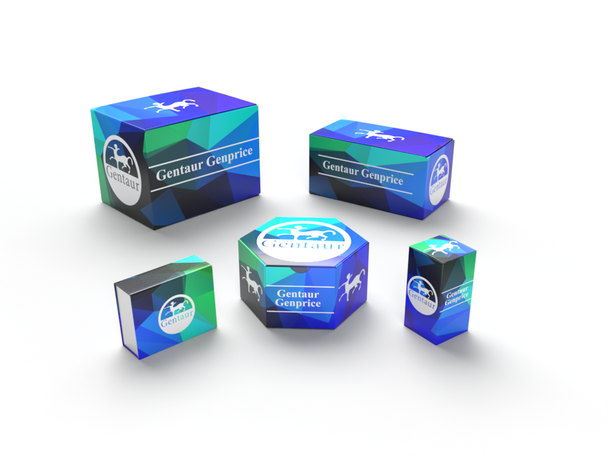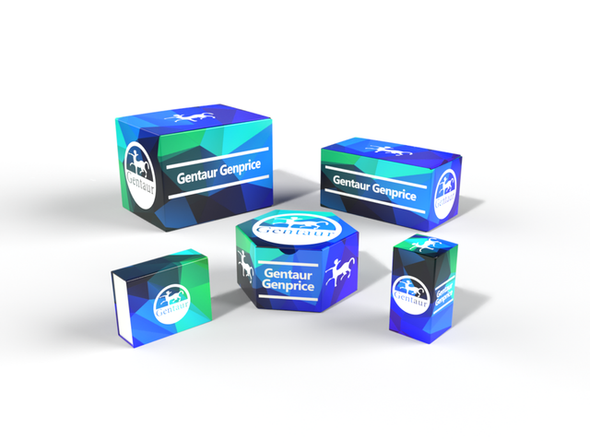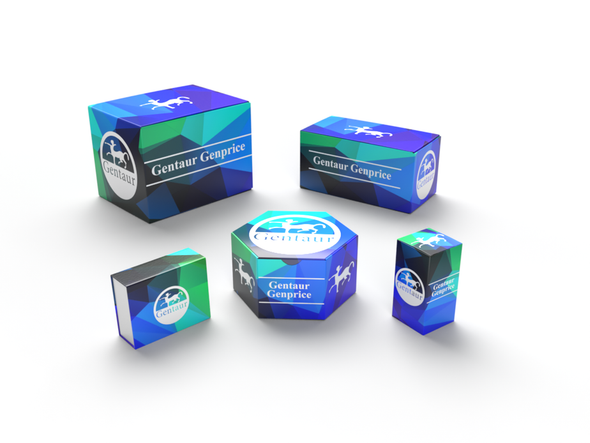Description
Mouse Anti-Human PD-L2 Antibody | 101-M604 | Gentaur UK, US & Europe Distribution
Species: Anti-Human
Host / biotech: Mouse
Comment: N/A
Label: N/A
Clone / Antibody feature: (#10B6)
Subcategory: Monoclonal Antibody
Category: Antibody
Synonyms: PDCD1LG2; B7DC; Btdc; PDL2; CD273; PD-L2; PDCD1L2; bA574F11.2
Isotype: IgG2
Application: WB
Detection Range: N/A
Species Reactivity/Cross reactivity: Human
Antigen: recombinant human PD-L2
Description: T cells require a signal induced by the engagement of the T cell receptor and a “costimulatory” signal (s) through distinct T cell surface molecules for optimal T cell activation and tolerance. Members of the B7 superfamily of counter-receptors were identified by their ability to interact with costimulatory molecules found on the surface of T cells. Members of the B7 superfamily include B71 (CD80), B72 (CD86), B7H1 (PDL1), B7H2 (B7RP1), B7H3, and PDL2 (B7DC). B7 proteins are immunoglobulin (Ig) superfamily members with extracellular IgV-like and IgC-like domains and short cytoplasmic domains. Among the family members, they share from 20-40% amino acid (aa) sequence identity. The cloned human PDL2 cDNA encodes a 273 aa type I membrane precursor protein with a putative 20 aa signal peptide, a 201 aa extracellular region containing one V-like and one C-like Ig domain, a 24 aa transmembrane region, and a 28 aa cytoplasmic domain. The extracellular domains of mouse and human PDL2 share approximately 70% aa sequence identity. PDL2 is one of two ligands for programmed death1 (PD1), a member of the CD28 family of immunoreceptors. The other identified ligand is PDL1. Human PDL1 and PDL2 share approximately 41% aa sequence identity and have similar functions. PDL2 is broadly expressed in tissues. Highest expression was detected by Northern blot analysis in heart, placenta, liver, pancreas, spleen, and lymph node. Lower amounts of expression were observed in lung, smooth muscle, and thymus. Expression of PDL2 on antigen presenting cell has been examined in detail. Resting B cells, monocytes and dendritic cells do not express PDL2, expression however can be induced by LPS or BCR activation in B cells, INFγ treatment in monocytes, or LPS plus IFN γ treatment of dendritic cells. PD L2 expression is also up regulated in a variety of tumor cell lines. On previously activated T cells, PDL2 interaction with PD1 inhibits TCRmediated proliferation and cytokine production, suggesting an inhibitory role in regulating immune responses. In contrast, a costimulatory function for the PDL2 on resting T cells activated with suboptimal TCR signals has also been reported.
Purity Confirmation: N/A
Endotoxin: N/A
Formulation: lyophilized
Storage Handling Stability: Lyophilized samples are stable for 2 years from date of receipt when stored at -20°C. Reconstituted antibody can be aliquoted and stored frozen at < -20°C for at least six months without detectable loss of activity.
Reconstituation: Centrifuge vial prior to opening. Reconstitute the antibody with 500 µl sterile PBS and the final concentration is 200 µg/ml.
Molecular Weight: N/A
Lenght (aa): N/A
Protein Sequence: N/A
NCBI Gene ID: 80380






